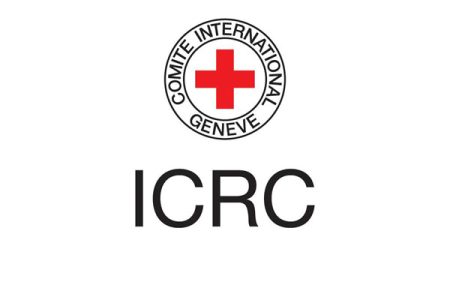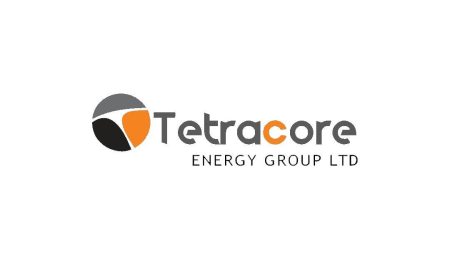The United States is embarking on an ambitious endeavor to establish nuclear power on the Moon by the end of the decade, aiming to propel its lunar ambitions beyond those of its rivals, China and Russia. This initiative, driven by NASA, involves the development of a 100-kilowatt fission reactor, slated for launch between 2029 and 2030. The primary objective is to provide a continuous and reliable power source for astronauts during extended lunar missions, including the planned Artemis III crewed landing, and to support the establishment of a permanent lunar base near the south pole. The Moon’s 14-day-long nights pose a significant challenge to solar-powered systems, highlighting the critical need for a consistent energy source to maintain life support, communications, and potential future mining operations. This makes nuclear power, with its ability to operate continuously regardless of sunlight, the most viable option for long-term lunar habitation.
The urgency surrounding this project is underscored by the escalating space race, with China also aiming for a crewed lunar mission by 2030. NASA’s directive emphasizes the geopolitical implications of this endeavor, highlighting that China and Russia have jointly announced plans for a lunar reactor by the mid-2030s. There is a concern that the first nation to establish a nuclear reactor on the Moon could declare a “keep-out zone,” potentially restricting access for other countries, particularly the United States and its Artemis program. This perceived threat underscores the strategic importance of the US achieving this milestone first. The rivalry with China, especially, shapes the narrative surrounding NASA’s plans, with the agency emphasizing momentum and determined investment to demonstrate US commitment to lunar leadership.
Developing a lunar nuclear reactor presents a complex set of technical and logistical hurdles. While NASA has invested around $200 million since 2000 in developing compact nuclear systems, none have yet been deployed in space. Current efforts focus on smaller, modular reactors (SMRs) capable of generating substantial power in a compact form. Significant challenges include ensuring these reactors can function reliably in the extreme temperature fluctuations of the lunar environment and effectively dissipate heat. Cooling, in particular, poses a formidable obstacle. Terrestrial reactors rely on water for cooling, a resource unavailable in usable quantities on the Moon. Developing alternative cooling technologies suitable for lunar conditions is crucial for the mission’s success. Further complexities involve the safe transport of uranium to the Moon and the management of potential nuclear risks in the space environment.
Beyond the technical challenges, the 2027 target date for the Artemis III landing, a prerequisite for the reactor deployment, remains uncertain. The SpaceX Starship, intended as the landing vehicle, faces developmental delays, raising doubts about the feasibility of meeting this deadline. Even if the timeframe holds, significant technical hurdles remain, including developing effective cooling mechanisms for the lunar reactors and ensuring their reliable operation in extreme temperatures. These technical obstacles, combined with the logistical complexities of transporting nuclear materials to the Moon and ensuring the safety of such operations, contribute to the ambitious nature of this project.
The concept of utilizing nuclear power in space is not entirely new. Since the 1960s, nuclear power sources have been used to power deep-space probes venturing far from the Sun, and both the US and the Soviet Union experimented with nuclear propulsion systems. However, adapting this technology for sustained lunar operations presents unique challenges and requires significant advancements in reactor miniaturization, safety, and reliability. The resurgence of interest in lunar surface reactors stems from the renewed focus on establishing a permanent human presence on the Moon, a goal for which reliable power generation is essential.
International law, while not prohibiting the use of nuclear power in space, mandates responsible use. A 1992 UN resolution permits the use of nuclear power sources when no other viable energy option exists. The 1967 Outer Space Treaty, while prohibiting national ownership of celestial bodies like the Moon, emphasizes the consideration of other nations’ interests. The United States, in 2020, initiated the Artemis Accords, a set of principles signed by numerous countries to establish safety zones on the Moon to prevent interference between missions. The exclusion of China and Russia from these accords, along with criticisms regarding the potential use of safety zones to restrict access for competitors, further underscores the geopolitical dimension of the lunar nuclear power race.














